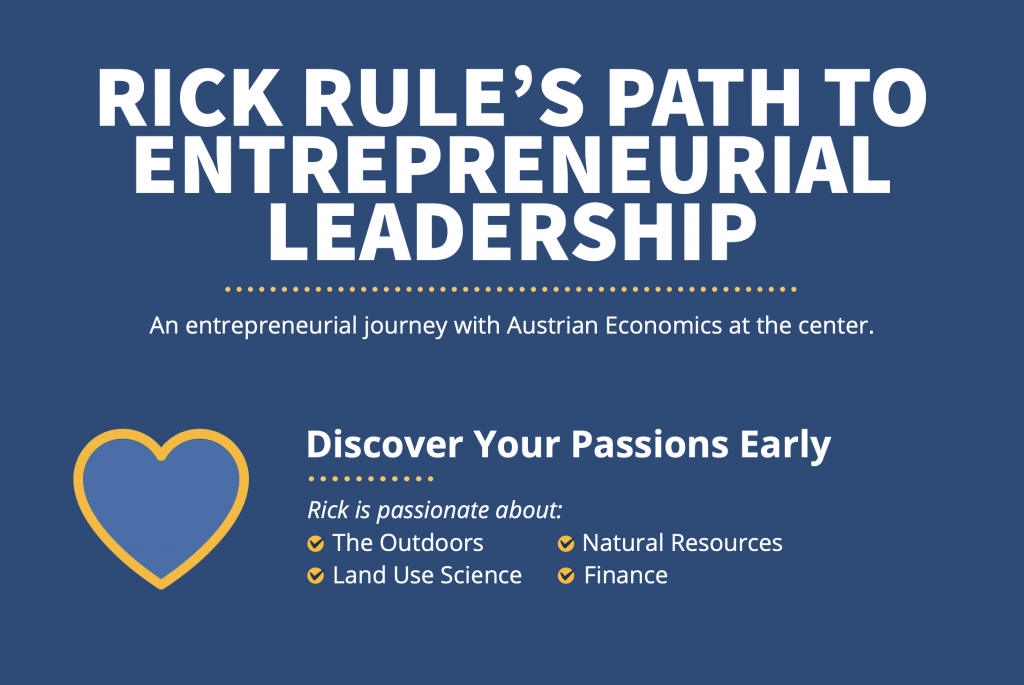A Nation Has Lost Its Way. Entrepreneurship Will Put Us Back On The Right Track.
A nation has lost its way. On July 13, 2012, in a political campaign speech in Roanoke, Virginia, United States President Barack Obama uttered the sentence: “If you’ve got a business—you didn’t build that”. Successful entrepreneurs and businesses, he implied, owed their success to government spending and public infrastructure.
President Obama’s statement has been used to justify a view of economics that is dominated by government planning, intervention and regulation, and has contributed to public vilification of entrepreneurial success. The result has been a “new normal” of stagnant economic growth, the dullness of over-regulation, and growing socialist sentiment.
Contrast this with the story of one entrepreneur, Steve Jobs. Jobs was an entrepreneur from the beginning of his adult working life. He co-founded Apple in 1976, and co-created the breakthrough Apple Macintosh in 1984. He introduced the desktop publishing industry. He helped to develop the visual effects industry. He helped to develop a line of world-changing and culture changing products including iPod, iPhone, iPad and iMac. He launched a series of digital services like iTunes and the App Store. Today, Apple provides employment for tens of thousands directly, and hundreds of thousands more working for suppliers, vendors and app developers. Few human beings have done as much good in the world as Steve Jobs, entrepreneur. He did build that.
You and I have the opportunity to do the same, and the nation and the world have the opportunity to re-experience the glories of entrepreneurial action, exciting innovation and surging economic growth.
We will do so by rediscovering and re-asserting the economic role of entrepreneurship. Entrepreneurship is voluntary action: individuals energized to activate their ideas, create new benefits, and build new firms and new capabilities. The ethic of entrepreneurship is betterment: serving others by improving their lives, and delivering unprecedented experiences of health, wealth, comfort, convenience, speed, and augmented capabilities. The result of entrepreneurship is value for all: greater feelings of satisfaction, confidence, opportunity and optimism. Entrepreneurs elevate the achievement and aspirations of the nation. That’s what Steve Jobs did.
We’ll accomplish this return to the entrepreneurial spirit that built America by following the entrepreneurial method. We’ll start by sharing the knowledge of what entrepreneurship can achieve and how individuals embrace entrepreneurship. We’ll release young people from the constraints of the educational institutions that don’t teach entrepreneurship, and show them how to learn the new way. We’ll build a community of entrepreneurs who share the enabling knowledge, ideas, skills, tools and techniques. We’ll celebrate the success stories that light the way. We’ll teach entrepreneurs how to embrace the uncertainty that seems to deter them today.



